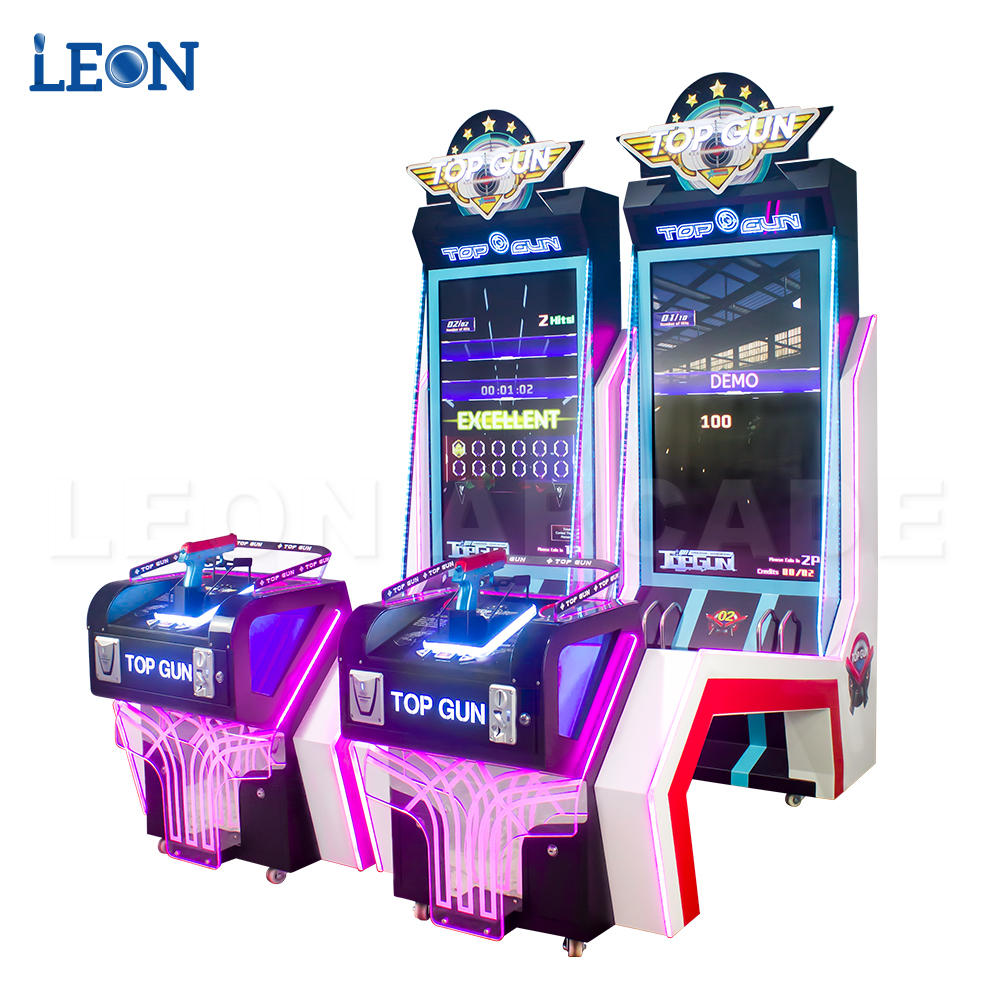Arcade games drove the growth of the world gaming market. In 1981, the U.S. arcade industry generated $12.5 billion, nearly four times higher than the box office revenue of movies at the time ($3.2 billion), making games an essential part of mainstream culture.
Table of Contents
ToggleVideo Games Enter the Mainstream
Arcade games, pioneers of gaming itself, rose rapidly in the 1970s and 1980s, pushing video games into the mainstream of cultural awareness. Simple rules and intuitive controls allowed arcade games like Space Invaders and Galaxian to attract a large number of players in the early days. This phenomenon triggered several cultural chain reactions: arcades became major social entertainment spots for youngsters, and video games gradually moved from the narrow circle of technical enthusiasts to the everyday lives of the majority.
During this period, the popularity of video games influenced changes not only in people’s entertainment but also in social structures. In places like the United States and Japan, large arcades became hot spots, offering not only gaming but also a place where people would meet socially. Youngsters met to share gaming experiences, competition strategies, and engage in fierce virtual battles. This arcade culture molded the younger generation’s concept of technology and interest in virtual worlds, and gave motivation for the further development of home console and PC gaming markets.
Meanwhile, the popularity of arcade games affected economic development: many arcades caused related commercial areas in large cities to prosper, attracting many consumers and stimulating local retail, catering, and service businesses. Video games gradually became a new economic growth point and laid a solid foundation for the future game industry.

The Birth of Iconic Game Characters and Brands
Along with the emergence of arcade games, a batch of representative game characters and brands emerged. They have become not only an important part of gaming culture but also have had a great influence on pop culture as a whole. For instance, Pac-Man, which was released in 1980, immediately became a globally recognized game character and attracted people of all ages with its adorable image and unique gameplay. The image of Pac-Man found its way onto everything from products to advertisements, becoming a symbol of the deep integration between arcade games and commercial branding.
Besides, Nintendo’s Donkey Kong and Super Mario Bros. successfully turned the classic character of Mario into one of Nintendo’s iconic brands. These iconic game characters were not only popular in the game circle but also frequently appeared in animations, comics, toys, and clothing products. This has extended the cultural influence of video games to a great degree. This dissemination of popular characters eventually turned video games into an overall cultural phenomenon spanning many media and cultural fields.
The success of these characters represented the huge potential for video games in branding and cultural communication. Through the gaming experience either directly or through diversified peripheral products, game characters established close emotional connections with consumers in different forms and channels and became significant carriers of cultural transmission.
The Cultural Influence of Arcade Art Style
Arcade games are an art form unto themselves, inspiring new ideas in visual design, sound effects, and music that filtered into broader pop culture. Limitations in early hardware meant that arcade games usually featured pixelated graphics and restricted color schemes. The minimalist aesthetic that this created was typical of the era and would later influence the development of a number of art forms. Designs which at one time seemed crude later influenced the development of various arts fields.
Under such conditions, pixel art turned out not only to be a technique but was considered an art in itself, widely applied during the game creation process and inspired many of today’s artists. Recently, within the last decade, pixel art has come into exhibitions, fashion design, and even architecture, bringing these fields into the realm of retro cultural trends. This kind of art does not only refer to the nostalgic golden age of arcade games but also reflects the unique charm of combining digital and traditional art.
Meanwhile, arcade games’ sound effects and background music have profoundly influenced pop music production. Some popular arcade game soundtracks, including the electronic sound effects in Space Invaders and the background music melody in Mario, have been directly referenced in later electronic music compositions, encouraging the emergence of a genre called “chiptune.” Arcade game music not only inspired the form of music creation but also the content; electronic sound effects turned out to be one of the creative elements pursued by many musicians.

Penetration into Film and Television
The influence of arcade games on the film and television industry is reflected in many aspects: the theme, character, and narrative structure of arcade games have constituted extensive creative inspiration for film and television. For example, the movies Street Fighter (1994) and Mortal Kombat (1994) were directly adapted from the popular arcade games of those years. The commercial success of these movies, apart from expanding the influence of game brands, has also indicated that both games and movies can achieve a win-win situation commercially and culturally.
Moreover, game cultural symbols and elements also widely appear in plot design and special visual effects in film and television works. For example, movies like Ready Player One included many elements from arcade games, which recalled the audience to the golden age of arcade games and fully restored the pixel styles and electronic sound effects in the presentation. This cultural integration not only satisfied the emotional needs of old players but also delivered the cultural charm of arcade games to a wider audience.
Meanwhile, the influence of arcade games can also be reflected in the settings of many film and television plots. For example, the virtual reality world Neo experienced in The Matrix shared many similarities with the game levels in arcade games. Movies like Tron directly brought the confrontations and level modes of arcade games onto the big screen and became a classic case of merging arcade culture with film.
Driving the Rise of Esports
The competitive and challenging design of arcade games laid the bedrock for the rise of esports. Most classic arcade games, represented by The King of Fighters and Street Fighter, due to their confrontational nature and difficulty, attracted many high-level players and led to the earliest format of gaming competition. These competitions were held not only in arcades but also expanded into larger-scale events and activities, providing inspiration and experiences for the rise of esports.
The competitive mode of arcade games was centered on the confrontation and interaction between players and emphasized comprehensive use of reaction speed, strategies, and skills. These characteristics became an important evaluation criterion for esports in later years. When the Internet became popular and home computers spread everywhere in the 1990s, esports gradually moved from arcades to online and then became a global competitive sport. In this sense, it can be said that the competitive design of arcade games initially provided an example and framework for esports and culturally instilled the concept of “competitive gaming” into people.
Arcade games drove the formation of the concept of esports, attracting more people to join in with the social nature of the activity and the cultural influence it had. Most early esports stars emerged from arcade competitions. Not only did the success of such players inspire more to enter the field of esports, but it also drove the development of the industry chain in this regard. Arcade games were, therefore, a form of entertainment while at the same time becoming a powerful cultural driver of modern esports development.








